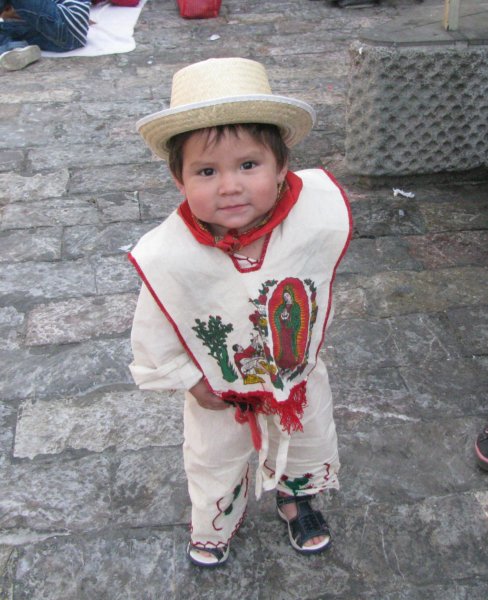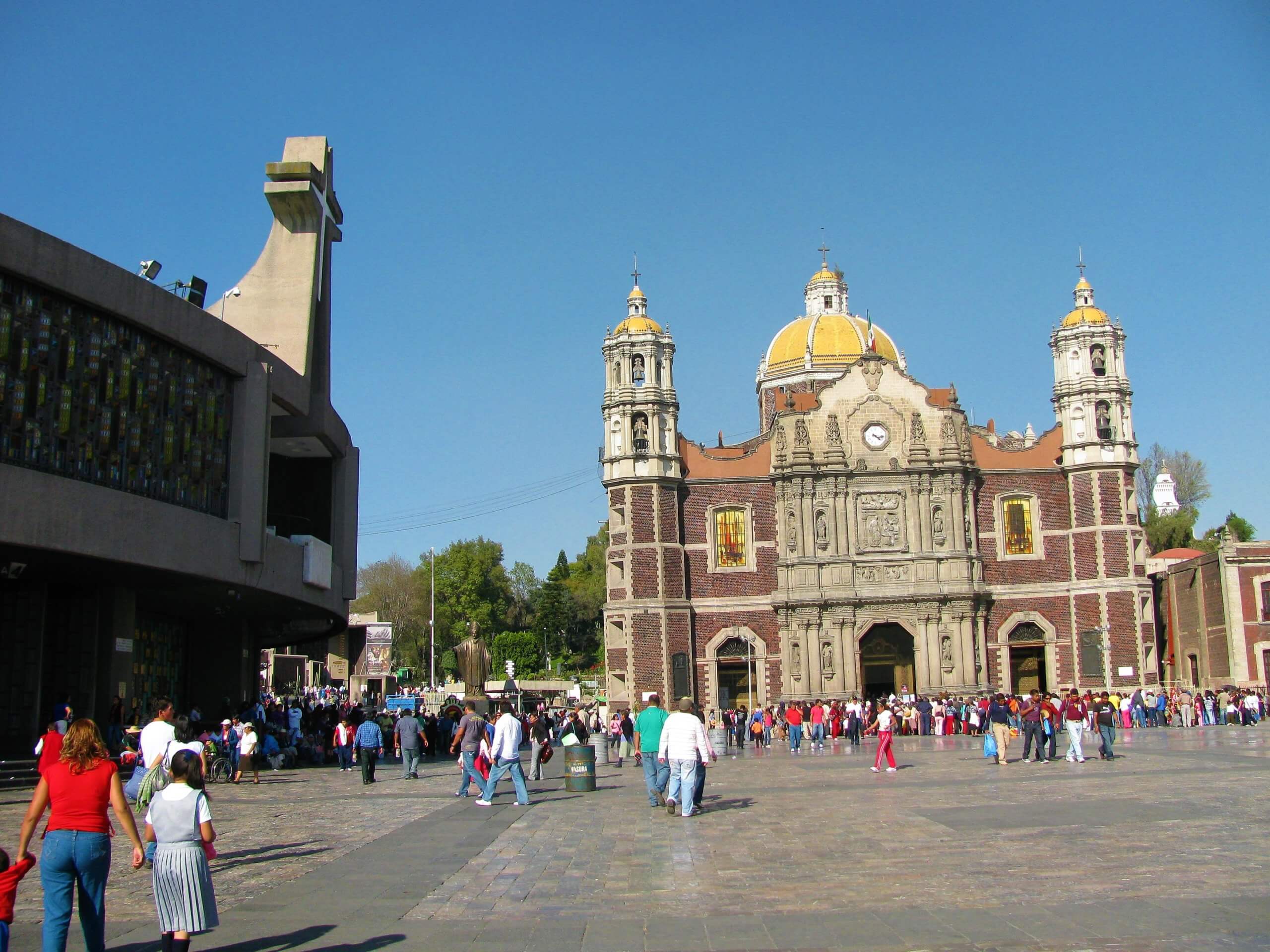Above: the old and new basilicas of Our Lady of Guadalupe. All photos by the author.
In the year 1527 King Charles V of Spain spent Holy Week at the Franciscan Monastery of Barajo near the city of Burgos in northern Spain. Friar Juan de Zumarraga was the prior of the monastery at this time. So impressed was the King by Friar Zumarraga’s holiness and capabilities that a year later, in 1528, he recommended that he become the first bishop of Mexico. His official title would be “Protector of the Indians.”
One might wonder why a Franciscan would be chosen for such a significant and important position out of all the other Orders. According to scholar Father Peter Damian Fehlner in A Handbook of Guadalupe, this should not be a surprise: in his opinion, the spirituality of St. Francis played a “predominant role in shaping the mind and heart of Catholic Spain during the late 15th and 16th centuries” long before Fray Juan de Zumarraga arrived on the scene. After Spanish Hernan Cortez’ conquest of the Aztecs in 1521 it was the Franciscans who were chosen to become the first evangelizers of New Spain.
In 1524 the first missionary group of friars arrived, twelve “exemplary” Franciscans, to be popularly known as “The Twelve Apostles.” Robert Ricard, in his Spiritual Conquest of Mexico, writes about the “exceptional worth of these friars.” According to Carl Anderson in Our Lady of Guadalupe they were considered “some of the most learned and holy priests” in Spain. They fanned out across the country and within a decade founded over 80 churches, schools and hospitals. Many of these Franciscan churches were magnificent and impressive structures which can be seen by any tourist visiting Mexico today. The one in Izamal, Yucatan, (painted in a vivid yellow colour), for example, is so large that it dominates the whole town.
The friars established their first mission headquarters at the church of St. James at Tlaltelolco (in present-day Mexico City) over the site of a former pagan temple which was dedicated to Huitzilopochtili, the god of war. It was here that the friars gave catechism lessons and baptized and confirmed the first Christians in the country.
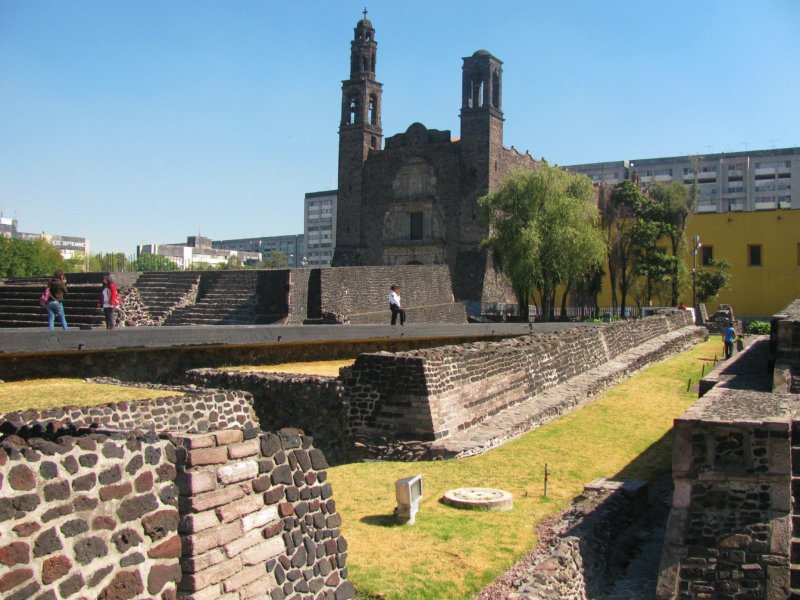
No one was more suited to fill the task of bishop in these new lands than the kindly Juan de Zumarraga who was born in 1468 to a noble family in the Basque provinces of northern Spain. He was an outstanding scholar, an ascetic, and a friar, zealous for the Lord. Many saw in him a perfect, living copy of his spiritual father, St. Francis. A humble friar to the core, he lived the austere life of a Franciscan, rising in the middle of the night for his Office prayers, observing all of the fasts and travelling everywhere on foot. And barefoot at that.
When he arrived in Mexico in 1528, however, conditions were not favourable for evangelization. Not in any way. Conditions were dangerous for the missionaries! Conditions were so grave that the bishop wrote a secret letter to the King apprising him of the appalling situation in New Spain, saying, “If God does not provide the remedy from His Hand, the land is about to be completely lost.” The Spanish, a tiny group vastly outnumbered by the Aztecs, feared that a massacre was imminent. They all feared for their lives. At every second.
Historians generally believe that, had this general insurrection occurred, the Aztecs would have wiped out the entire Spanish presence in Mexico, thus profoundly transforming the course of history on this continent.
The Spanish civil authorities, known as The First Audience, did everything in their power to stop this letter from being sent. Censorship of all mail was absolute. According to Our Lady of Guadalupe by Anderson and Chavez, they “patrolled the roads, inspected ships from deck to ballast and forbade anyone to accept letters from any friar unless the authorities read it first.” At great personal risk, Bishop Zumarraga, who had the courage of an apostle, brought the letter to a sailor at the port of Veracruz, to be smuggled across the ocean, hidden in “a roll of bacon in a keg of oil.”
“What on earth was going on?” one would well ask. The answer was this: this first group of administrators from Spain was led by a cruel tyrant named Nuno de Guzman. These Spanish civil authorities, “goaded by avarice” and “bloodthirsty gluttons for power” tortured and murdered many innocents, enslaved the Indians, kidnapped their women and children, levied atrocious fines and taxes and stole and burned their property. When the bishop and the friars protested sternly and vehemently against such abuses, a number of the friars were assaulted by Guzman and his underlings. Even Zumarraga himself was threatened by Guzman. The bishop wrote in his letter: “The persecution that the president and his judges carry on against the monks and the clergy is worse than that of Herod and Diocletian” (Life of Bishop Zumarraga by Garcia Icazbalceta). As soon as the King received the letter he recalled the First Audience and replaced them with a second group, men of honour and benevolent character.
Bishop Zumarraga, who had, like all Franciscans, a deep devotion to Our Lady, begged her intercession. Repeatedly and urgently. Unknown to anyone, he asked her to send him some Castilian roses as a sign that she had heard his desperate plea.
Considering the situation with the Spanish overlords, it is no wonder that so few baptisms had taken place. In actual fact many hid in their homes or the forests or behind trees when they saw the friars approaching! There were some, however, who did not flee. They came to Tlaltelolco, to the church of St. James and sat spellbound listening to the friars as they spoke about Our Lady and her precious Son who loved them without measure. What a contrast to the frightful religion of the Aztecs that they had known all their life! A religion whose gods demanded human sacrifice on a scale unknown to man. Historian Warren Carroll, author of Our Lady of Guadalupe and The Conquest of Mexico said that at least 50,000 people a year were sacrificed. The early Mexican historian Ixthlilxochitl estimated that one out of every five children in Mexico were killed to appease the gods. It is known, he said, that “entire tribes, numbering in the tens of thousands, were on several occasions, exterminated by sacrifice.”
One of these early Christians was a middle-aged Chichimeca Indian named Juan Diego who was born in 1474. He, along with his wife and his uncle, became the first Christians in the country.
He was baptized at St. James church of the Franciscans.
This was the visitor who came to see Bishop Zumarraga on Dec. 9, 1531. What a strange story he told! He spoke about a “beautiful Mestizo Lady” whose clothing “was shining like the sun.” She called him “My son, my youngest son, Juanito” (a term of endearment). And what words of comfort she spoke to him: “Am I not here, I who am your Mother? Why do you worry? You are in the hollow of my mantle! You are under my protection!”
The Bishop was puzzled: Could it be true? Could it really be Our Lady? Could his prayers be soon answered? He knew as a bishop he must be so prudent, so cautious, so skeptical. And yet – there was something about the man’s innate goodness, his humility that made him wonder. I know, I will ask him for a sign, he thought. That should put an end to the matter once and for all. He was surprised when Juan seemed delighted with this request! And eager to have it fulfilled!
At her next appearance Our Lady instructed Juan to go to the summit of the hill and gather the flowers that he would see there. “There you will find a large variety of flowers” she predicted.
Juan, himself, was a little skeptical about this request: At this time of year? When everything is cold? On such rocky soil? Still, he persevered to carry out Our Lady’s request: When he arrived at the summit of the hill “he was astounded to find that quantities of roses had blossomed there, out of season.”
On Dec. 12, 1531, the same Juan Diego appeared yet again, to see the bishop. But, this time, he was carrying a bouquet of Castilian roses! The bishop was astounded: Our Lady was answering his pleas!
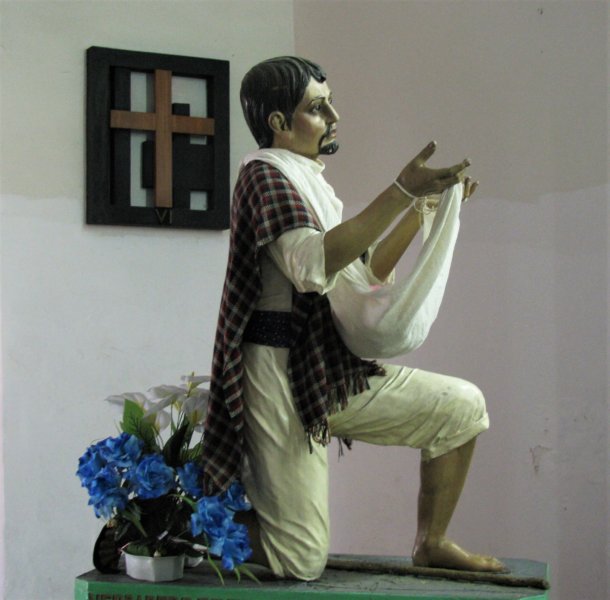
Juan was startled to see the bishop on his knees! “His lips were parted in prayer and his eyes glistened tears – his transfigured gaze was turned upward.” He was staring at Juan’s tilma. But why? Bewildered, Juan looked at his cloak: Oh! – There was the exact image of the Blessed Virgin who appeared to him on Tepeyac Hill!
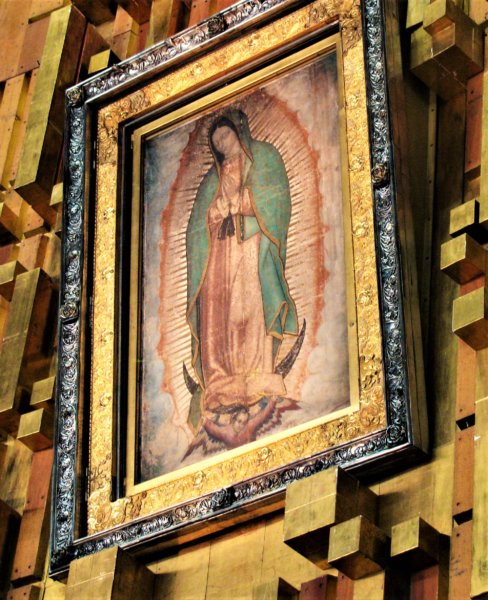
Within days the bishop authorized that a small chapel be built to house the miraculous image. He also appointed Juan Diego to be the perpetual guardian of the sacred image for the rest of his life.
“Absolutely everyone, the entire city, without exception, trembled when they went to behold her precious image. They marvelled at something divine,” reported The Nican Mapohua (the earliest written accounts of the apparitions).
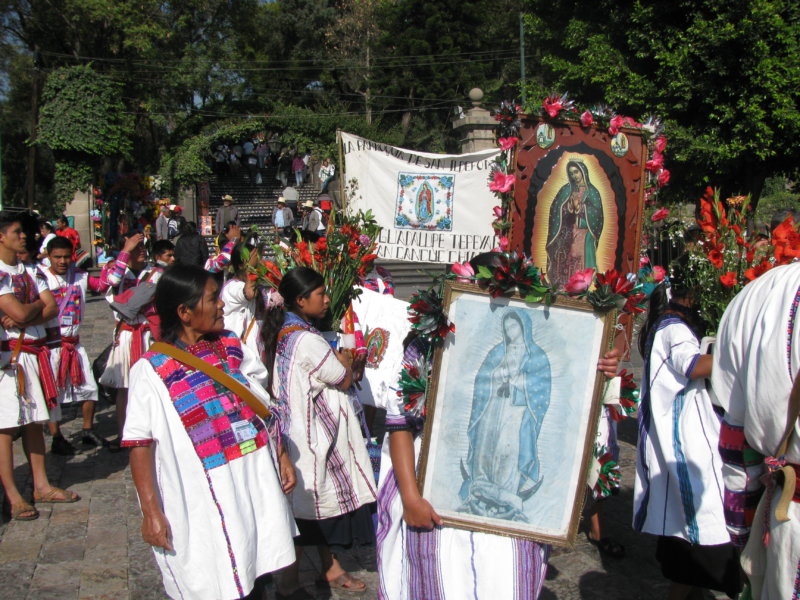
Franciscan historian, Toribio de Benavente, one of the original twelve, declared that within a decade of the Guadalupe miracle nine million Aztecs and other Indians had converted to the Christian faith.
In 1548 Bishop Zumarraga was appointed as the first Archbishop of the New World.
Juan Diego died on May 30 of that year. Archbishop Zumarraga died three days later. They had fulfilled their mission. Two loyal sons of the Church. The two main protaganists in the Guadalupe miracle would now be in the presence of their beloved Our Lady of Tepeyac for all eternity. And the Basilica of Our Lady of Guadalupe in Mexico City would become one of the most visited Marian shrines in the world.
